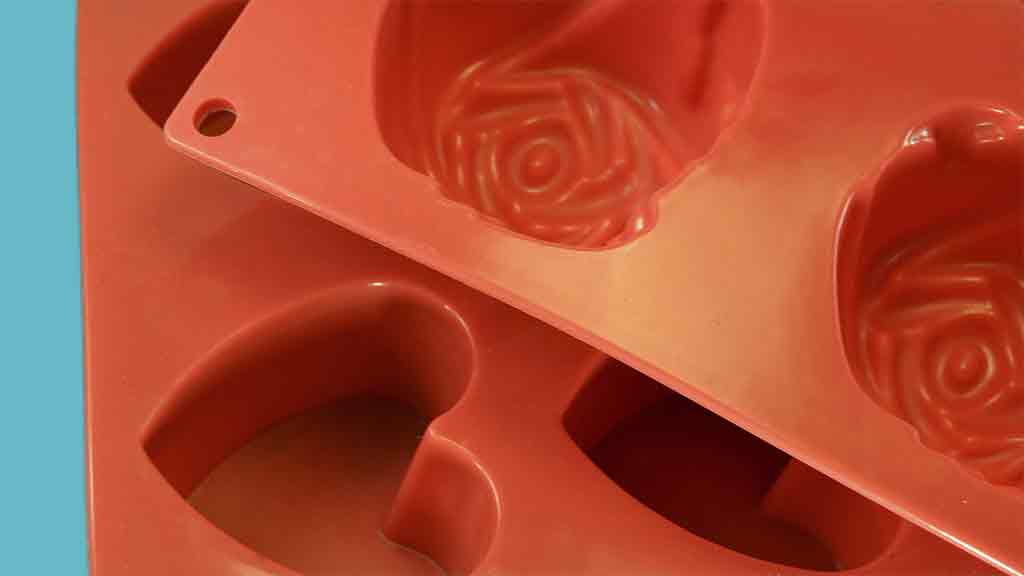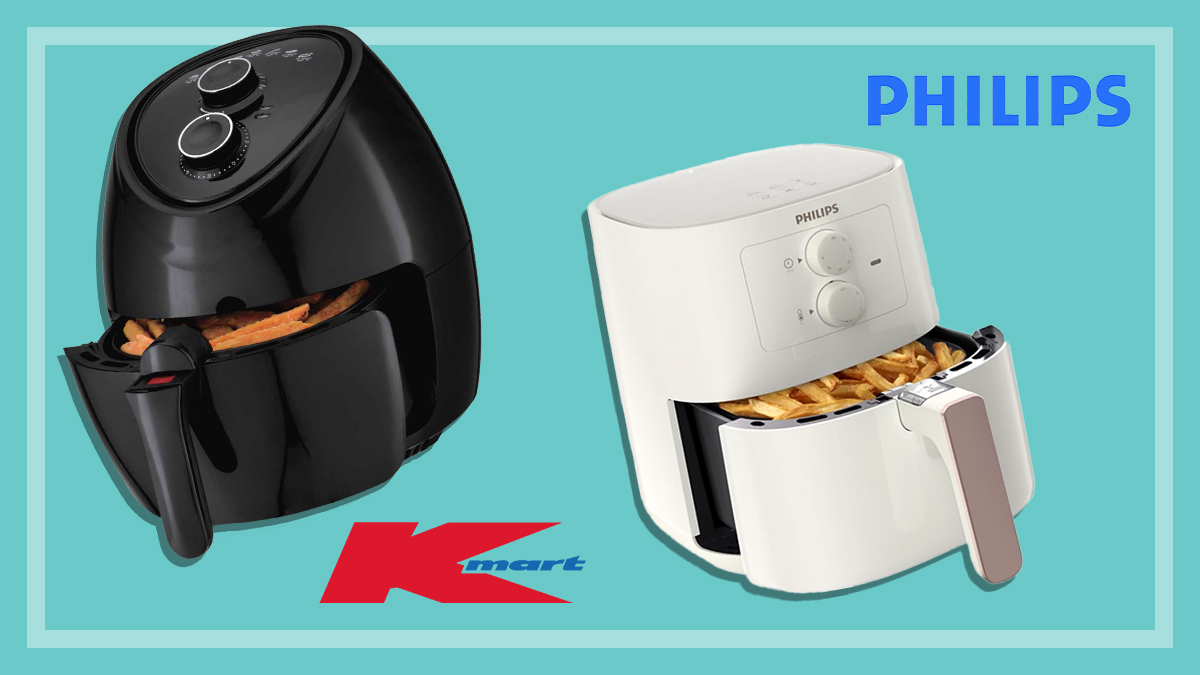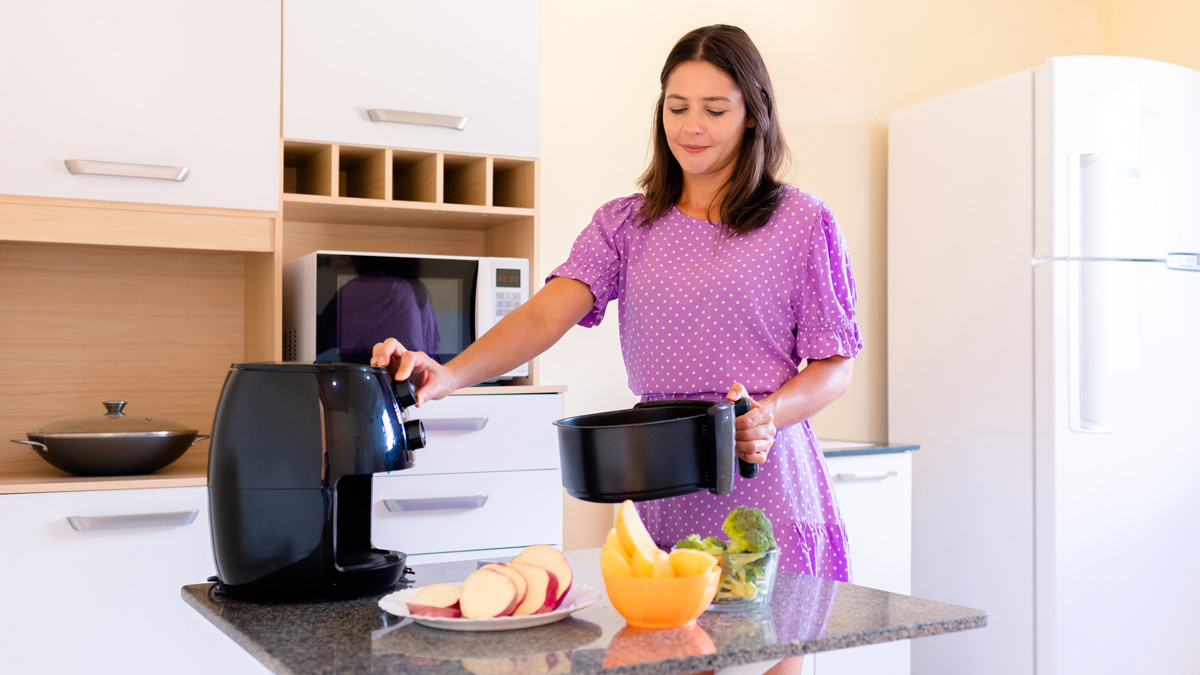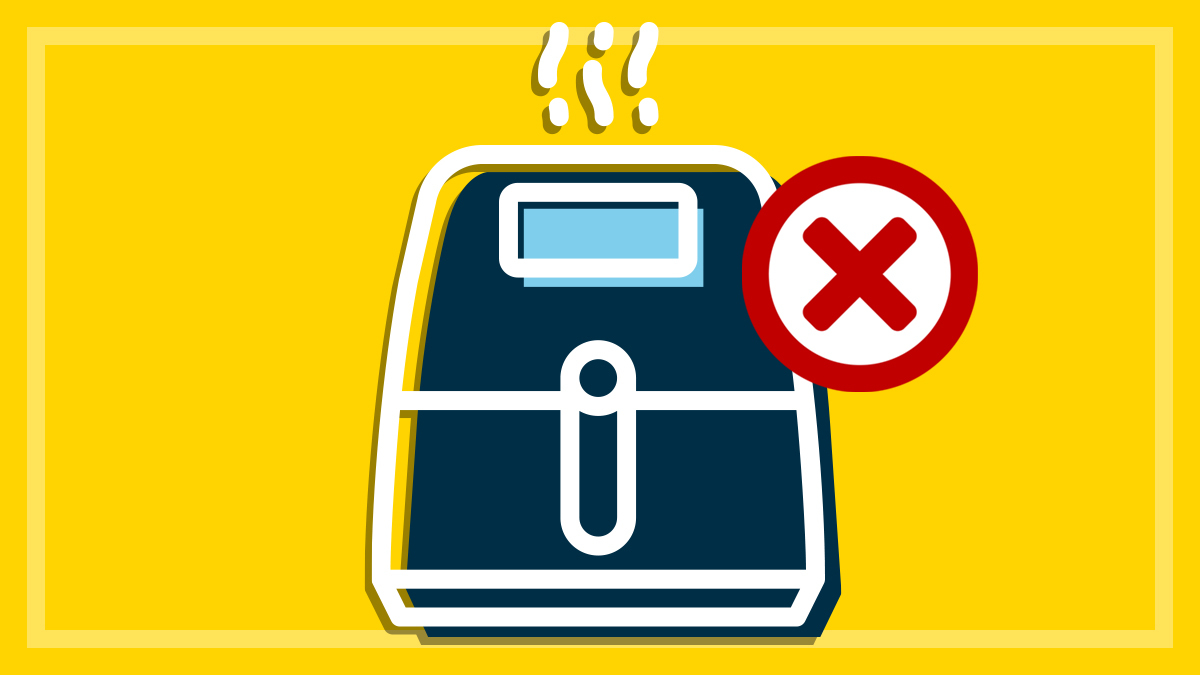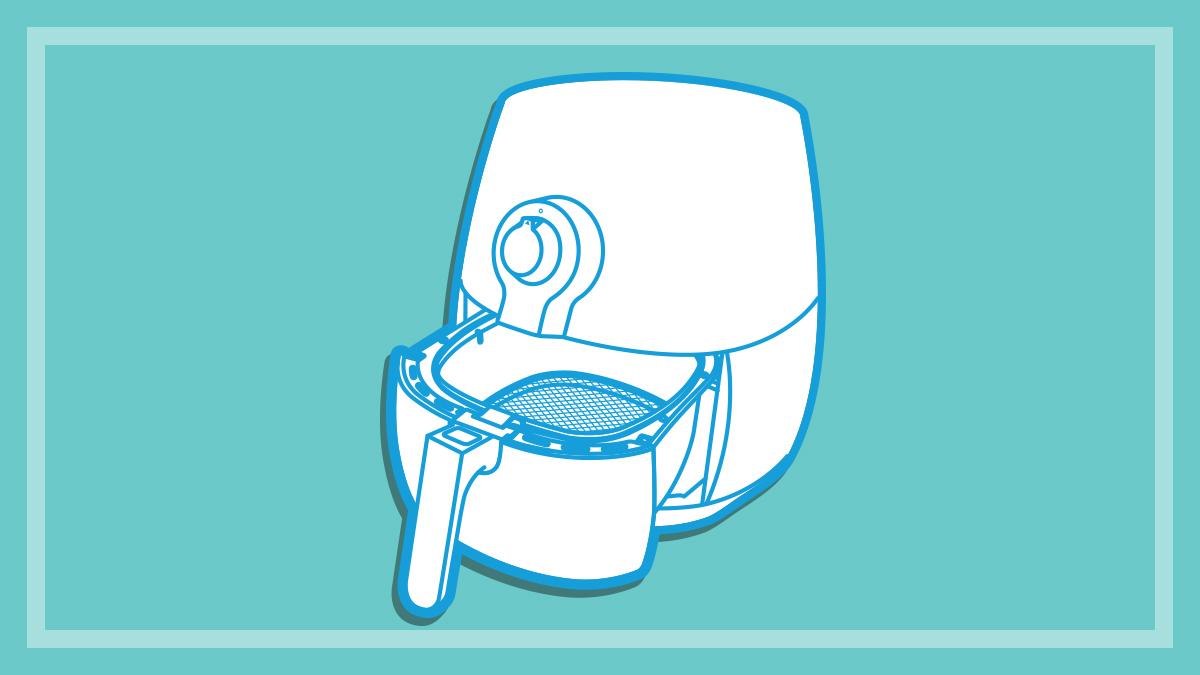How to buy the best silicone bakeware
Is silicone better than metal? Everything you need to know about silicone baking trays, including a buying checklist.
Last updated: 27 Jan 2017
A wibbly-wobbly cake tin is great for the novelty value, but will it perform just as well as your old metal bakeware?
On this page:
CHOICE no longer tests silicone bakeware.
The pros and cons of silicone
When we tested silicone bakeware brands in the past our results showed that there’s little or no difference between silicone and metal cooking performance. So, why switch to silicone? Here are the pros and cons:
Pros
- It’s easy to use.
- It’s flexible.
- It can be rolled up, folded or stacked.
- It can be put in the dishwasher without rusting.
- It’s very light.
- It won’t corrode, scratch, dent or peel.
Cons
- Some are very floppy so transferring the bakeware to the oven when it’s filled can be difficult.
- It can be expensive.
- While silicone is ‘non-stick’, most still need to be greased with every use.
How floppy is too floppy?
It’s not hard to imagine what could go wrong with a tray full of hot food that sags and wobbles when you lift it. A little bit of bendiness helps with turning out cakes and muffins, but anything too soft could spell spilled food and burnt fingers. We’ve found that flexibility can vary with different brands of silicone bakeware, and some even come with stainless steel elements to counteract the floppiness.
Tip: It’s a good idea to use a metal baking sheet underneath all silicone bakeware to keep things stable.
What else to look for
Greasing
Although they’re non-stick, most trays will need greasing every time. Some will only need greasing before first use (unless they’re washed in the dishwasher). Check the manufacturer’s instructions.
Firmness
Check the firmness of the silicone. Will the tray sag too much when filled with raw ingredients?
Reinforcing ring
Some cake pans have a removable reinforcing ring to help with support.
Handles
Look for firm handles for easier lifting.
Cleaning
Is it dishwasher-safe? Will it fit? Also, check for ridges and indents where food could become stuck.
Cost
Prices can range from $10 to $50.
Related
Rebecca Ciaramidaro is a Content producer in the Household team at CHOICE. Rebecca writes about a wide range of children's and household products, ranging from cots and strollers to ovens, BBQs, espresso machines and electric blankets. And also grocery items such as nappies, sanitary pads and laundry detergents.
Previously at CHOICE, Rebecca worked as a Test officer in the kitchen lab.
Rebecca has a Bachelor of Science (Nutrition and Food) from the University of Western Sydney.
Find Rebecca on LinkedIn.
Rebecca Ciaramidaro is a Content producer in the Household team at CHOICE. Rebecca writes about a wide range of children's and household products, ranging from cots and strollers to ovens, BBQs, espresso machines and electric blankets. And also grocery items such as nappies, sanitary pads and laundry detergents.
Previously at CHOICE, Rebecca worked as a Test officer in the kitchen lab.
Rebecca has a Bachelor of Science (Nutrition and Food) from the University of Western Sydney.
Find Rebecca on LinkedIn.

